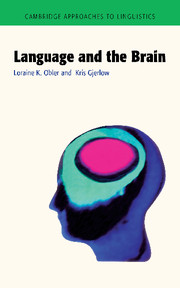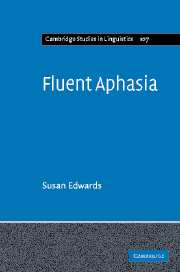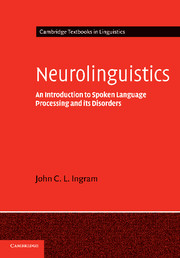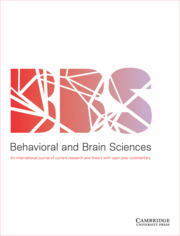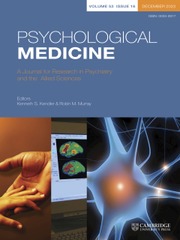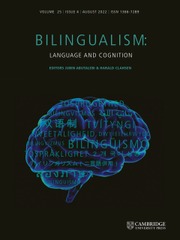Language and the Brain
How do our brains enable us to speak creatively and build up an understanding of language? This accessible book examines the linguistic and neuro-anatomical underpinnings of language and considers how language skills can systematically break down in individuals with different types of brain damage. By studying children with language disorders, adults with right-hemisphere brain damage, demented patients and people with reading problems, the authors provide an understanding of how language is organized in the brain.
- Accessible - geared for undergraduates and the usual readers of the Cambridge Approaches to Linguistics series
- Linguistic focus - approaches neurolinguistics from a linguistic viewpoint
- Coherence - includes details of neuroanatomy for those not familiar with it and also a glossary of terms used
Reviews & endorsements
"… the book seems to be an excellent source for a quick overview of the field of neurolinguistics … truly interesting work …"
The Phonetician
Product details
February 1998Paperback
9780521466417
226 pages
203 × 127 × 12 mm
0.23kg
5 tables
Available
Table of Contents
- Preface
- 1. Neurolinguistics
- 2. The brain
- 3. How we know what we know about brain organization for language
- 4. Aphasia: classification of the syndromes
- 5. Aphasia: what underlies the syndromes
- 6. Childhood aphasia and other language disorders
- 7. Right-brain-damage
- 8. Dementia
- 9. Disorders of the written word: dyslexia and dysgraphia
- 10. Bilingualism
- 11. Language organisation
- 12. The future of neurolinguistic study
- Glossary
- Notes and further reading
- Index.

